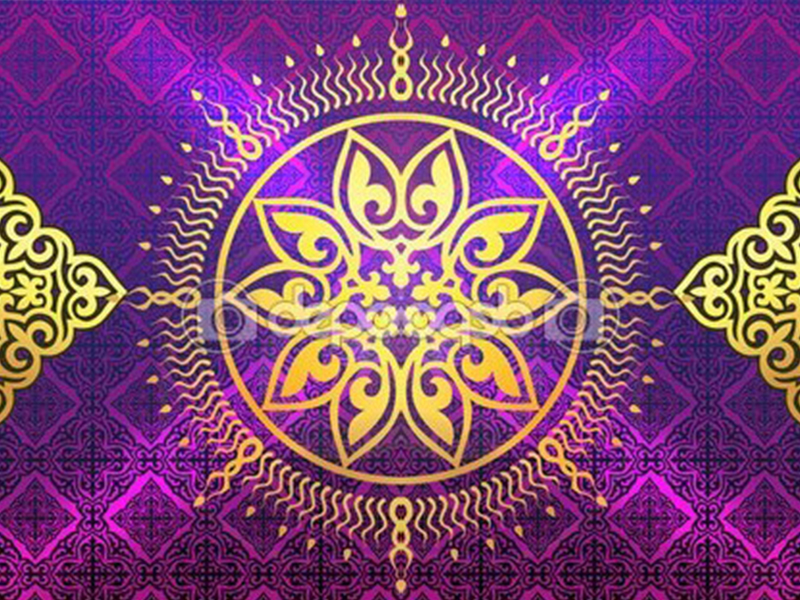



Attraction

Recreation

(XI century) Scientist-chemist
Main Scientific Works
It is known, that his only work on alchemy reached us, being entitled “Ain as-san’a va aun as-san’a” (“The essence of art and assistance to those dealing with it”). Ain as-san’a consists of introduction and seven chapters. According to its structure, it resembles other works on alchemy of the 10th century. In the first six chapters the information about substances and instruments is also given, followed by the description of operations for obtaining “red” and “white” which means gold and silver.
Chapter seven is the main one and contains the description of simplified methods of the basic chemical reactions of the time.
They are all directed at getting artificial gold and silver from ordinary metals. The operations are divided into two parts: in the first one the methods of turning iron, copper and tin into “silver” are given and in the second one – the reactions with the usage of sulfur, mercury and sulphide arsenic for getting artificial “gold”. In all reactions proportions of regulating ingredients are shown and all operations were carried out with heating. The temperature allowed melting the source ingredients, promoting their reaction and, finally, it allowed checking the reversibility of the reaction.
Ayn as-san’a is meant for specialists who well studied the theory of chemistry of that time and covers almost all known practical methods of that period.
Contribution to the World Science
Abu al-Hakim al-Khorezmi al-Kasi studied the chemistry not only through the books but also he himself carried out experiments being the first to pay attention to the quantitative proportions of regulating substances. In the books of al-Kasi predecessors such kind of quantitative terms are not indicated.
Worldwide Recognition
Though in the middle ages alchemy was considered as a “secret” science and a very small group of people dealt with it, and alchemical works were not for a large range of readers, the works by Al-Kasi were later translated into the Persian language, and in 1929 – into English and published in India.